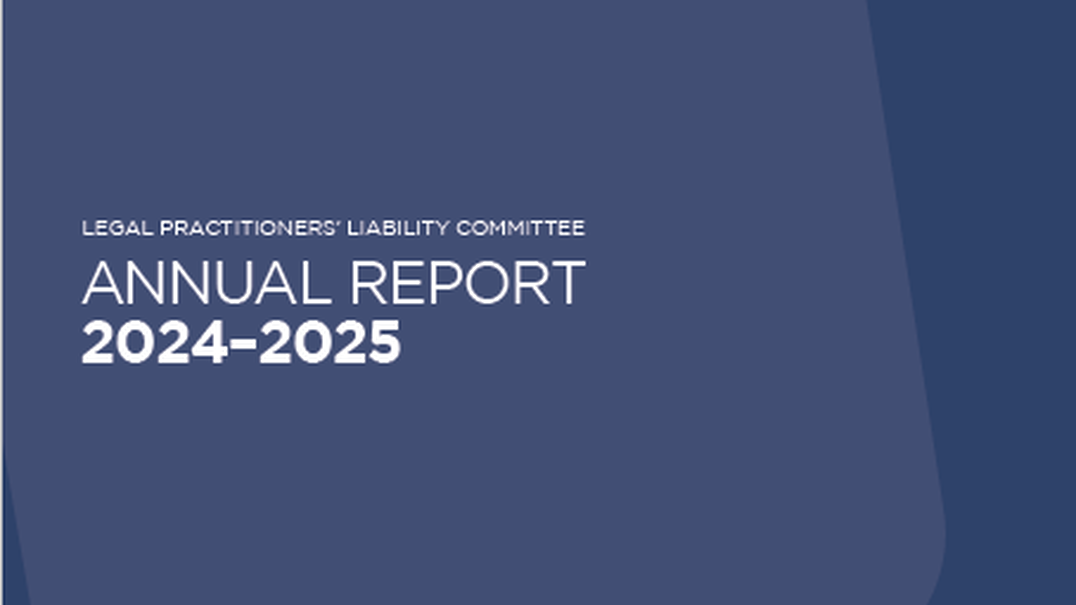What's on this page?
Overview
Main legislation
Commercial and Industrial Property Tax Reform Act 2024 (Vic).
Taxation Administration Act 1997 (Vic) (which contains provisions for the administration and enforcement of Victoria's taxation laws).
A property will generally enter into the new 'commercial and industrial property tax' (CIPT) regime if:
- the relevant contract of sale is entered into on or after 1 July 2024
- the property has a qualifying 'commercial' or 'industrial' use at the date of settlement
- 50% or more of the property transacts (either directly, or indirectly e.g. by way of share or unit sale)
- the transaction is not exempt from stamp duty.
Land can enter into the CIPT regime in certain circumstances where it is not directly dealt with. In particular, where a 'relevant acquisition' occurs for landholder duty purposes and that acquisition relates to an (indirect) interest of 50% or more in the land, that land will generally enter into the CIPT regime.
Where the CIPT regime applies to a property, the first purchaser of that property on or after 1 July 2024 will generally be the last purchaser to ever pay stamp duty in respect of that property (provided that the property continues to have a qualifying commercial or industrial use). Duty may still arise in certain circumstances involving 'non-standard' transactions in respect of CIPT land (e.g. having regard to the grant of or other dealings in leases, interests in items fixed to land or the grant of economic entitlements) – expert input may be required in such circumstances.
CIPT will then become payable annually, with the first CIPT year being 10 years after that post 30 June 2024 first transaction (whether or not the property is transacted again in the meantime). The CIPT will apply at a flat per annum rate of 1% of the unimproved land value (with no tax-free threshold), unless the property is qualifying build-to-rent land (in which case a 0.5% p.a. rate will apply).
As part of the transition to the new regime, eligible first purchasers will have a choice of paying the final stamp duty in respect of the property by:
- paying upfront (i.e. the standard approach under the current stamp duty regime) or
- using a government-facilitated transition loan with a 10 year repayment term (noting that interest will accrue on such loan and the loan will be repayable sooner than 10 years if the property is transacted within 10 years).
Various criteria must be satisfied in order for a purchaser to be eligible for a transition loan. For example, evidence of finance pre-approval must be provided and the value of the relevant property can be no more than $30m. Further, certain types of taxpayer (e.g. trustees of self-managed superannuation funds and foreign purchasers) are ineligible. Criteria are published by Treasury Corporation Victoria.
More info on CIPT
Actions to reduce risk
- Look for the tax and duty implications associated with the transfer of real property and associated transactions (like share transfers) to alert clients and, if appropriate and required, provide advice or direct the client to seek expert advice.
- Read the guidance and the information provided to improve your understanding and awareness.
- Identify complexities beyond your expertise and refer clients for expert advice.
- Use a checklist or prompt at the start of a matter to identify tax and duty issues.
- Always check the details in the legislation and SRO guidelines before advising clients and keep records to confirm any advice given.
- Establish, update and maintain comprehensive advice letters and resources that you can adapt for each specific client matter to ensure relevant advice is given to clients and confirmed in writing.
- Maintain a focus on tax and duty in all property and property conveyancing matters.


